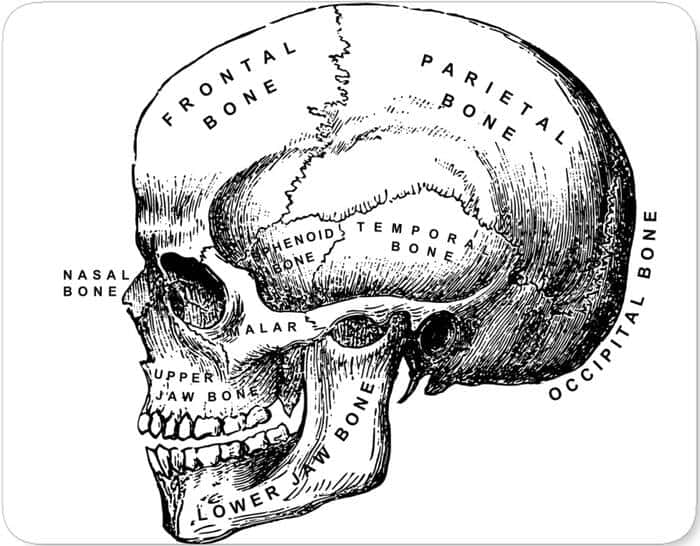How to treat dental bone loss? What are the causes and symptoms? And finally, what are the links between tooth loosening and bone loss?
I. What Is a Dental Bone Loss?
Dental bone loss is a condition of the jaw in which there is a deterioration of bone density.
The jaw is made up of bones, which allow the teeth to remain attached to the gums.
In cases of bone loss in the jaw, the peri-root bone, which is located around the gums, deteriorates.
There are many known causes of dental bone loss.
II. Causes and Symptoms of Dental Bone Loss
There are many causes of dental bone loss, but there are two main ones: aging and periodontal disease.
Aging is a natural cause of dental bone loss. With time, the bone loses density and its attachment to the gum becomes less firm. This affects the stability of the tooth, which may start to move.
Periodontal diseases, such as gum inflammation, can also cause bone loss.
The bacteria that causes gingivitis can attack the alveolar bone. This bone is the bone around the tooth root. Once these germs spread to this area, the alveolar bone can lose its density.
If periodontal disease is not properly treated, it can lead to abscesses or sores in the mouth. These infections put the jawbone at great risk.
Tooth mobility is one of the first symptoms of a loss of dental bone density.
As the bone has become more fragile, the tooth is less strongly attached to the gum and can be felt moving.
When chewing, as well as when touching, it is easy to see that the teeth are more mobile.
In cases of gingivitis, swelling will likely appear on the gums. Other symptoms may be related to this swelling, including pain in the gums. The gums may also be red and inflamed, and bleeding may occur when brushing.
A periodontal pocket may also form, which is another sign of bone density loss.
Do not hesitate to contact your dentist in such cases.
III. How to Treat Dental Bone Loss?
Dental bone loss is not easy to treat. Most of the time, it is necessary to do a bone graft. This is an operation that consists of a transplant to the jawbone, to avoid the risk of rejection.
The advantages of bone grafts are numerous. The bone capital is restored thanks to it, and the graft makes it possible to fill the lack of bone in the jaw.
There are different types of bone grafts available.
Another method is bone regeneration.
In this case, natural materials are used to promote the regeneration of the jawbone.
To do this, a sort of framework is placed to allow the bone to reform. This serves as a sort of guide rail for effective bone reconstruction.
Beyond that, a membrane is also installed to protect the bone reconstruction area. Since soft tissue regenerates much faster than bone, this barrier prevents the bone from covering the area. This gives the bone plenty of time to regenerate.
Bone regeneration is a practice that has several advantages. The first is the possibility of placing dental implants. Implants and bone loss have rarely gone hand in hand.
The placement of dental implants requires a certain amount of bone density to which the prosthesis can be attached. Also, in case of bone loss, implants are complicated to install.
Bone regeneration is also useful in cases of severe bone loss. It allows the jawbone to regenerate its bone capital.
IV. What Are the Links Between Tooth Loosening and Dental Bone Loss?
Tooth loosening is the finding of a weak connection between the tooth and the gum.
The gums begin to recede, giving the impression that the teeth are getting longer as they become exposed.
This condition affects between 15 and 20% of people between the ages of 35 and 44, according to the WHO.
There can be several causes of tooth decay. Infections and inflammations of the gums can cause tooth loosening.
Bone loss is one of the most common causes of tooth loss.
Bone loss can occur as a result of gingivitis, just like tooth loosening. This is one of the links between the two phenomena.
Another link between receding gum and bone loss is another of their causes, namely age.
Age can also be the cause of both tooth loosening and gingivitis. With time, the bone density of the gums decreases. Also, age increases the risk of tooth loosening.
Useful Links:
The role of osteopenia in oral bone loss and periodontal disease
Tooth loss and osteoporosis: to assess the association between osteoporosis status and tooth number
Tooth loss and osteoporosis: the OSTEODENT study

